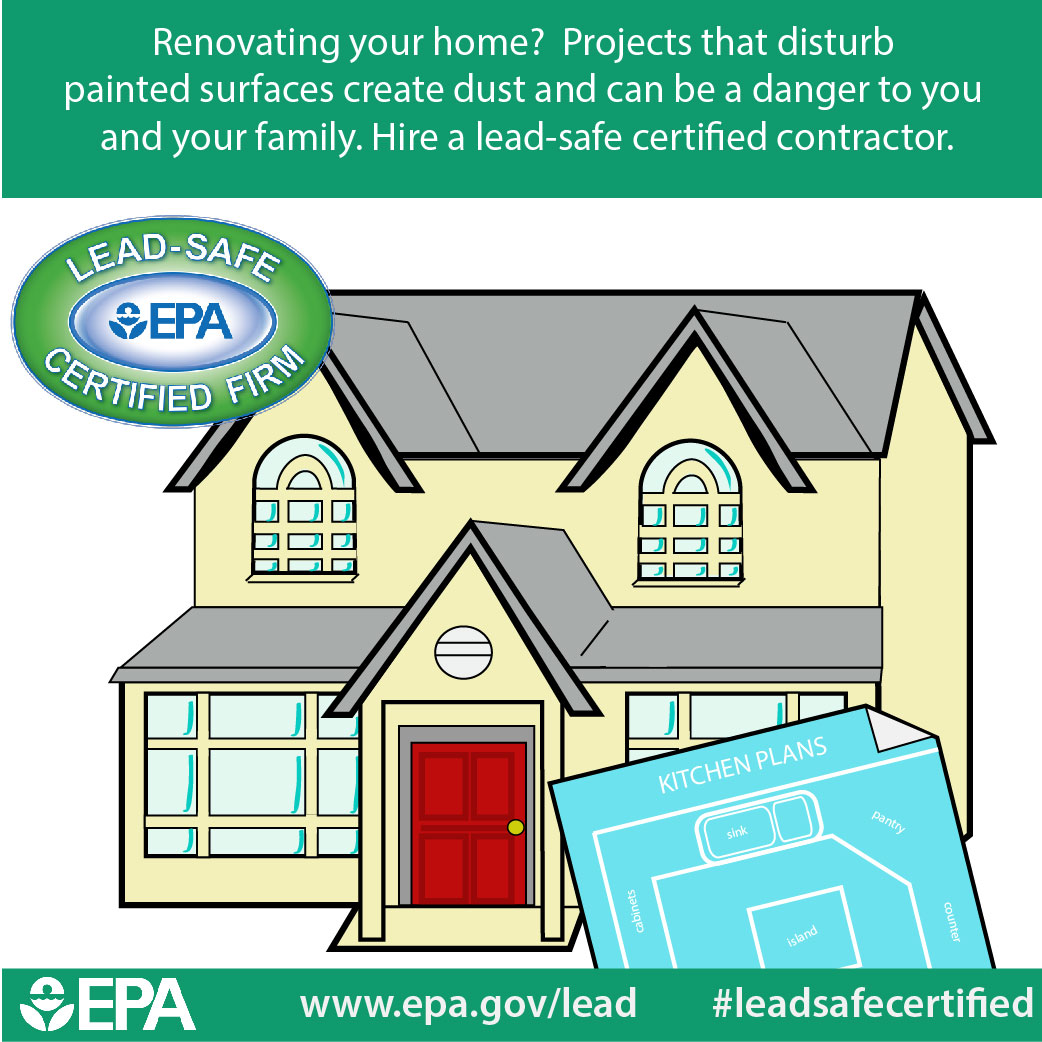Seasonal Considerations For Industrial Outside Painting: What You Need To Know
Seasonal Considerations For Industrial Outside Painting: What You Need To Know
Blog Article
Material Composed By-Burnham Rodriquez
When you're planning a business external paint job, seasonal elements can make or break your results. You'll want to take into consideration how temperature and moisture effect paint application and drying out times. Selecting the right period can guarantee your paint sticks effectively and lasts longer. But which seasons are genuinely the best for this type of work? Allow's explore home painting company that can impact your job's success.
The Effect of Temperature on Paint Application
When you're preparing a commercial outside paint project, the temperature can significantly affect how well the paint sticks and dries out.
Ideally, you want to paint when temperature levels vary in between 50 ° F and 85 ° F. If it's too cold, the paint might not heal properly, leading to issues like peeling or fracturing.
On the other side, if it's too warm, the paint can dry out as well swiftly, preventing correct bond and causing an unequal finish.
You need to additionally think about the moment of day; early morning or late afternoon uses cooler temperatures, which can be extra favorable.
Constantly examine the producer's recommendations for the particular paint you're using, as they commonly supply guidance on the optimal temperature range for optimum outcomes.
Humidity and Its Result on Drying Times
Temperature isn't the only environmental factor that influences your business outside paint project; moisture plays a considerable function as well. High humidity levels can decrease drying times considerably, affecting the overall top quality of your paint job.
When the air is filled with moisture, the paint takes longer to cure, which can result in problems like inadequate attachment and a higher danger of mildew development. If you're repainting on a particularly humid day, be prepared for prolonged delay times between layers.
It's essential to keep track of local weather conditions and plan as necessary. Preferably, commercial painting contractor for humidity degrees in between 40% and 70% for optimum drying out.
Maintaining these factors in mind guarantees your job stays on track and provides a long lasting finish.
Best Seasons for Commercial Exterior Painting Projects
What's the most effective season for your business exterior painting jobs?
hotel painting services and early autumn are normally your best bets. During these seasons, temperature levels are mild, and moisture levels are frequently lower, creating ideal conditions for paint application and drying out.
Prevent summer season's intense heat, which can create paint to dry also swiftly, resulting in bad attachment and surface. Similarly, wintertime's chilly temperatures can impede appropriate drying out and treating, taking the chance of the longevity of your paint work.
Go for days with temperatures in between 50 ° F and 85 ° F for optimal results. Bear in mind to check the neighborhood weather prediction for rain, as damp conditions can wreck your task.
Planning around these aspects guarantees your paint job runs efficiently and lasts much longer.
Conclusion
To conclude, planning your commercial exterior paint tasks around seasonal considerations can make a considerable difference in the outcome. By organizing job throughout the perfect temperatures and humidity degrees, you'll make sure far better attachment and drying times. Remember to watch on https://www.forbes.com/sites/nomanazish/2023/01/28/how-to-make-home-painting-less-stressful/ and select the right time of year-- spring and very early loss are your best bets. Taking these actions will certainly help you achieve a resilient and specialist surface that lasts.
